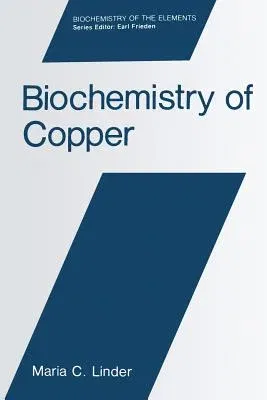Maria C Linder
(Author)Biochemistry of Copper (Softcover Reprint of the Original 1st 1991)Paperback - Softcover Reprint of the Original 1st 1991, 23 April 2013

Qty
1
Turbo
Ships in 2 - 3 days
In Stock
Free Delivery
Cash on Delivery
15 Days
Free Returns
Secure Checkout
Part of Series
Biochemistry of the Elements
Print Length
526 pages
Language
English
Publisher
Springer
Date Published
23 Apr 2013
ISBN-10
1475794347
ISBN-13
9781475794342
Description
Product Details
Author:
Book Edition:
Softcover Reprint of the Original 1st 1991
Book Format:
Paperback
Country of Origin:
NL
Date Published:
23 April 2013
Dimensions:
22.86 x
15.24 x
2.77 cm
ISBN-10:
1475794347
ISBN-13:
9781475794342
Language:
English
Location:
New York, NY
Pages:
526
Publisher:
Series:
Weight:
712.14 gm

